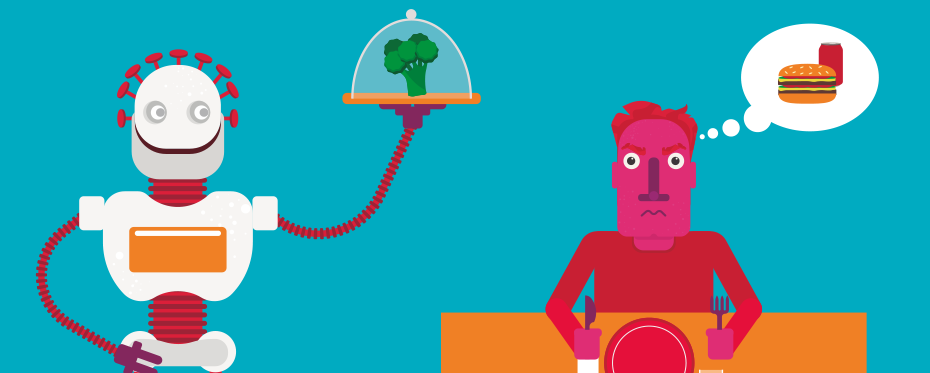Tag: algorithm
Adaptive experiments: Machine learning can help scientific discovery

Machine learning can help scientists design experiments. Scientific discovery relies on experiments that build our understanding of natural phenomena, and traditionally has been based on trial and error. Depending on the goal, different machine learning strategies can be used for adaptive experiments: active learning, maximising information gain, Bayesian optimisation, bandit approaches, and reinforcement learning. Cheng Soon Ong, machine learning scientist […]
Read More… from Adaptive experiments: Machine learning can help scientific discovery
Nonoverlap proportion and the point-biserial association problem

Dr Stanley Luck, a statistics consultant and founding member of Vector Analytics LLC, has developed a novel algorithm for cloud computing technology. Dr Luck demonstrates the use of his improved CART association algorithm in a high-dimensional search problem of nursing home performance, based on the publicly accessible Nursing Home Compare (NHC) database. The results highlight the importance of constructing a […]
Read More… from Nonoverlap proportion and the point-biserial association problem
How did the data propagate? Automated Optical Path Monitoring

With the development of 5G, our world might seem more wireless than ever. However, lurking behind this and facilitating all high-speed data transfer are kilometres and kilometres of optical fibres. The backbone network for all communication, wireless or otherwise, is this sprawling network of fibres. For reliable communications and internet access, the world’s expanse of fibre optic cables must work […]
Read More… from How did the data propagate? Automated Optical Path Monitoring
Choice‑making and choose‑ables: Making decision agents more choosy

Dr Lorraine Dodd, from Cranfield University, examines the Artificial Intelligence approach to modelling a decision agent’s choice-making. She explores the factors affecting an adaptive agent’s freedom of decision-making and investigates factors that can shape, extend, limit or re-focus an agent’s potential in terms of their ways forward. Dr Dodd also discusses the higher-order concept of choice-making that she refers to […]
Read More… from Choice‑making and choose‑ables: Making decision agents more choosy
Discovering perfect squares and building square roots

Mathematicians have been faced with the problem of finding perfect squares and their roots since ancient times. Recent findings in computational number theory have enabled the development of efficient algorithms for discovering square numbers. Professor Philip Brown from the Department of Foundational Sciences (Mathematics) at Texas A&M University Galveston Campus has developed a new algorithm that can detect a perfect […]
Read More… from Discovering perfect squares and building square roots